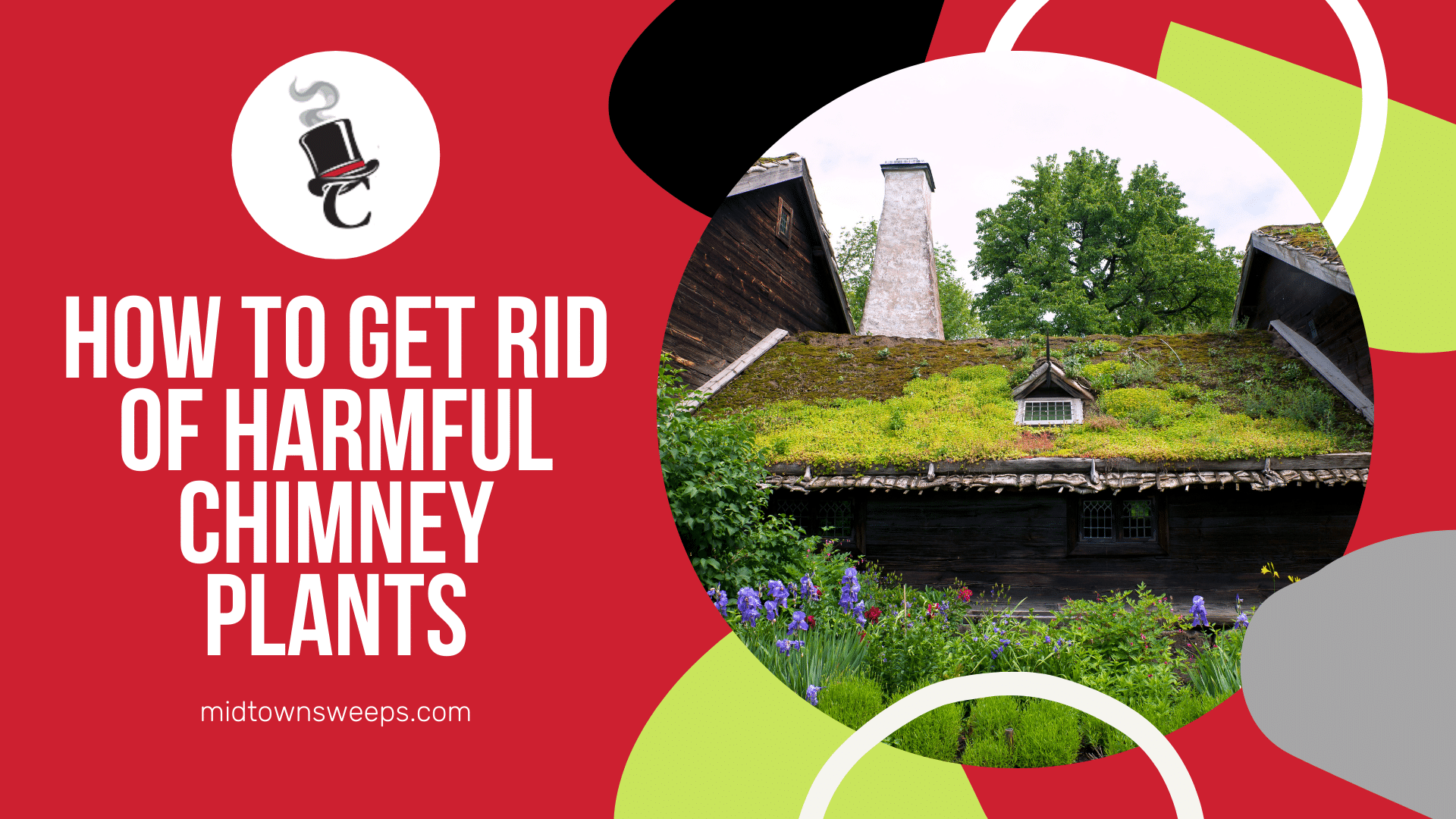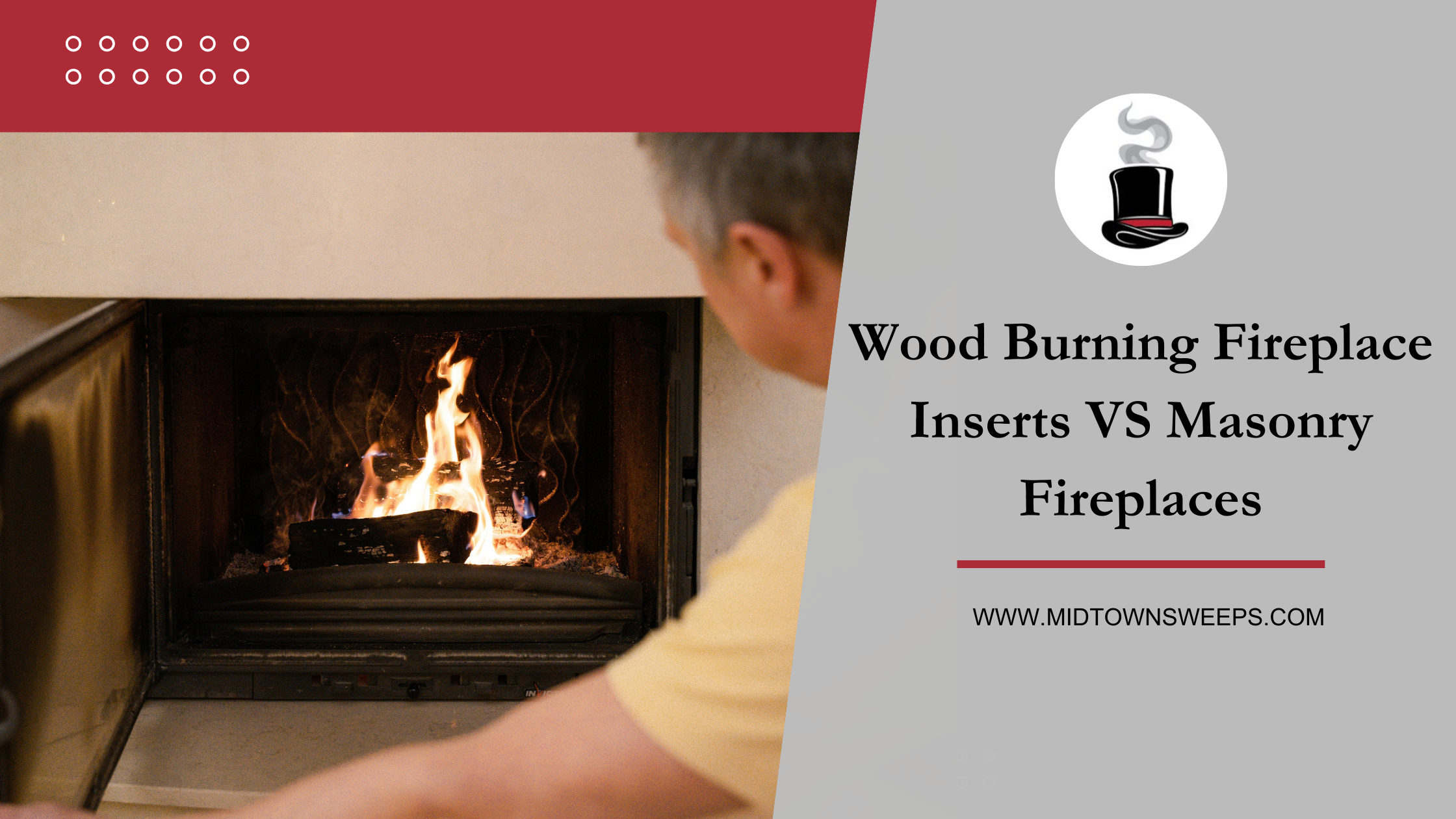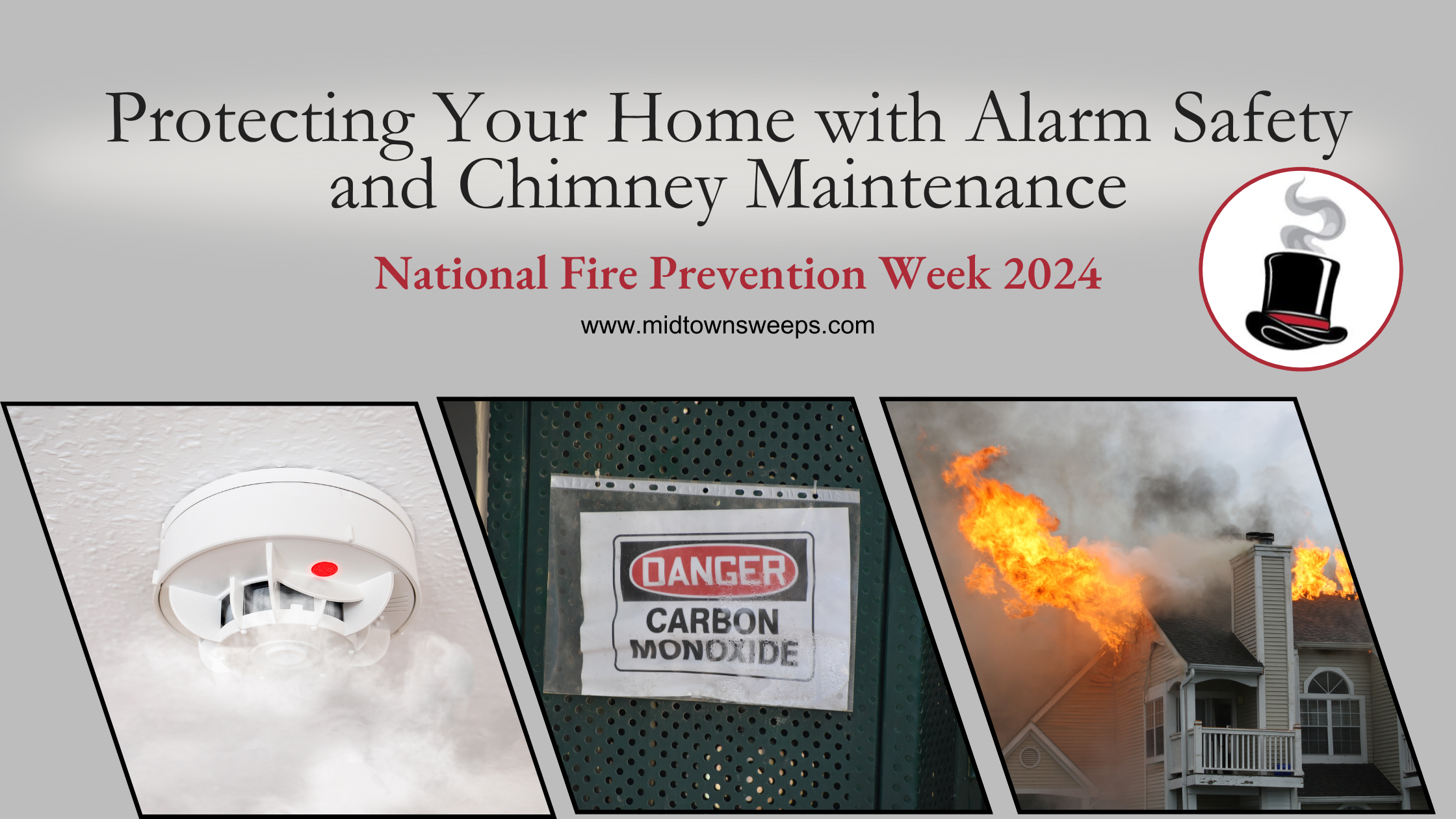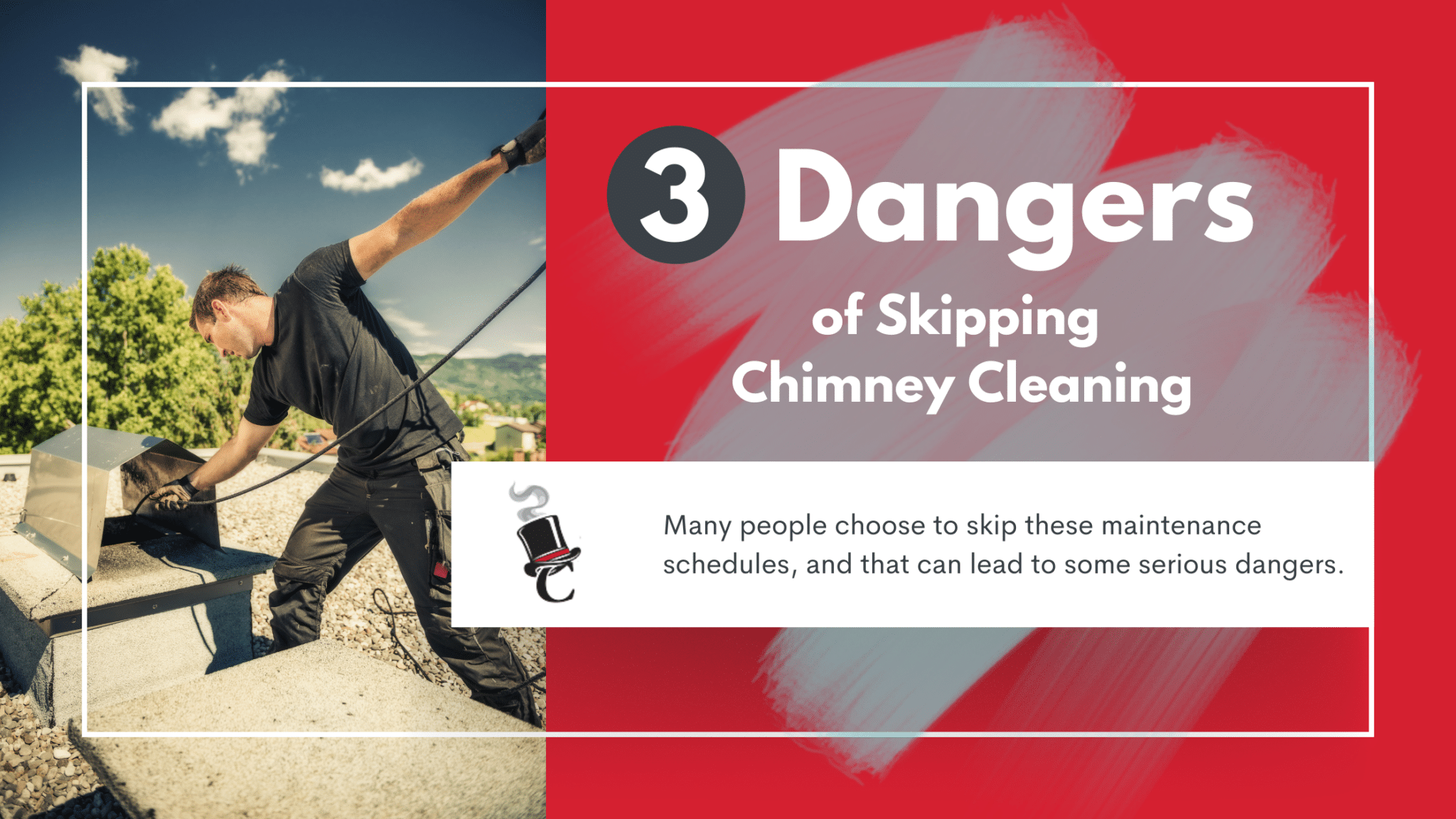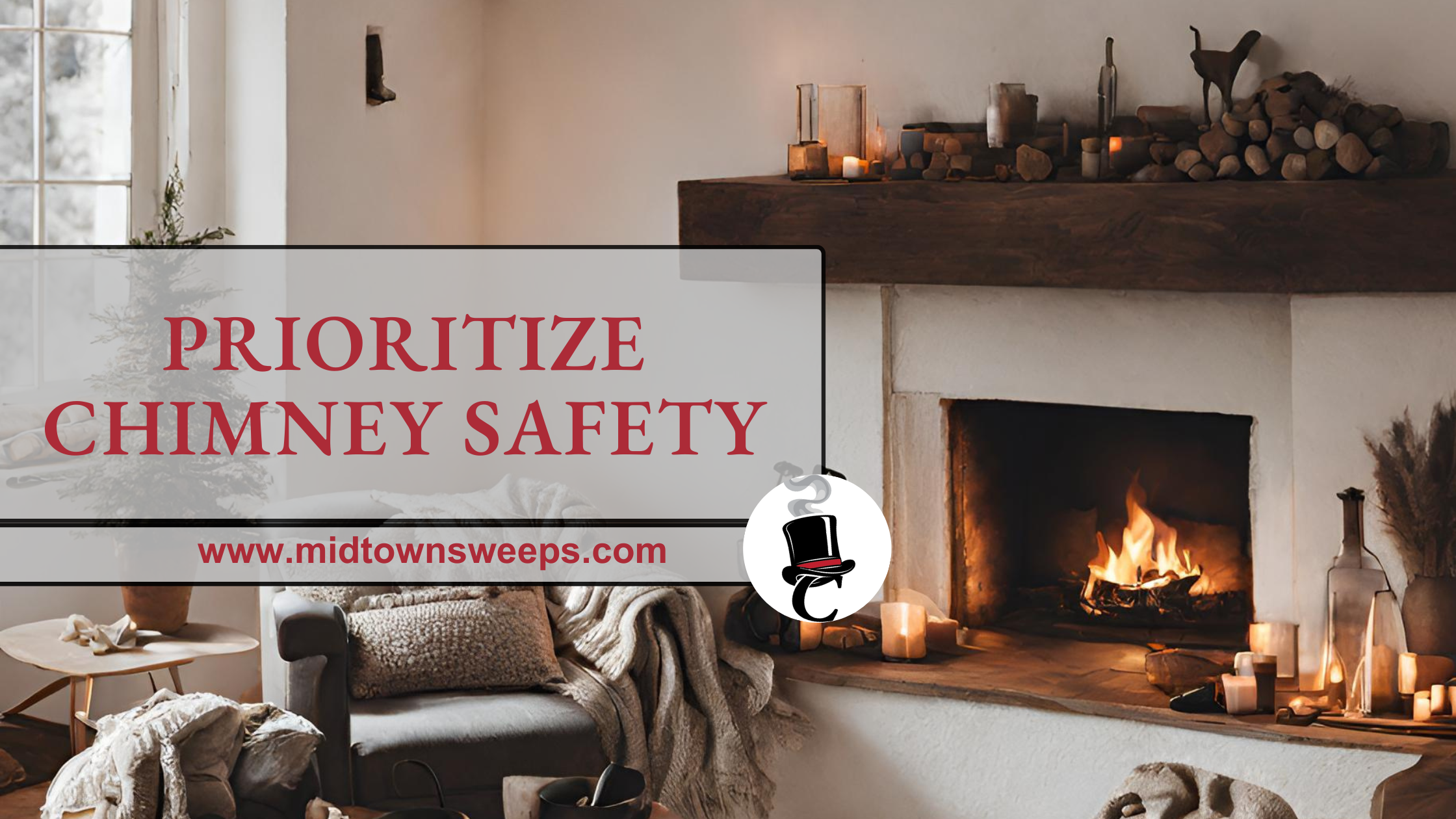For many homeowners, a fireplace can be a nice escape from the cold winter temperatures. Besides adding natural beauty to your home, it can ensure warmth and comfort for both you and your family—and maybe even create the perfect setting for a homey get-together with your friends.
But in order to safely enjoy your fireplace, you must regularly inspect and maintain your chimney. Thankfully, this isn’t that difficult to do and may only involve taking a look at your chimney from the outside. Although you don’t have to get on your roof to do this, you do need to check and see whether any chimney plants, such as moss, lichen, or vines, are growing on it and whether any trees are situated too closely.
Moss and lichen are common culprits of chimney damage. As members of the algae family, moss and lichen are drawn to moist environments that receive minimal sun exposure. If you see moss or lichen on your chimney or rooftop, this indicates that water’s trapped within the brick and mortar. When left unattended for a long time, the plants seize hold of the area, weakening the structure of the chimney. Plus, when moss and lichen freeze, they retain the water they absorb, making the problem more difficult to treat.
Luckily, this issue is curable. Using a pressure washer should do the trick. After thoroughly pressure washing your chimney, repair all the cracks, leaks, and other damage. In addition to strengthening your chimney, this prevents future moss problems from occurring. Lastly, apply high-quality water sealant, which will block moisture from entering and prevent existing moisture from getting trapped.
Vines are similarly known to create cracks and cavities and, over time, compromise the strength of your chimney structure. Although it may be tempting to yank out the vines, you should avoid doing this, since pulling the vine tendrils, which are likely very deep, may further damage the brickwork. Instead, cut the vines off at the roots or base, which will prevent the vines from receiving essential nutrients and eventually cause them to wither and die.
Another potential threat to your chimney are trees. One common problem caused by nearby trees is overhanging limbs, which can lead to downdrifts. This is when smoke goes back down the chimney rather than out through the top, causing a major inconvenience (and hazard) for your home. There’s also the risk that overhanging limbs will fall and damage your chimney cap. When the cap’s missing or damaged, your fireplace becomes vulnerable to the build-up of falling tree branches, twigs, sticks, and leaves, which can create major fire hazards.
An overly exposed chimney can also turn into a haven for wild animals, like birds, mice, raccoons, and squirrels, since they’re attracted to warmth. When they build nests in chimneys, the materials become fireprone, endangering both the homeowners and the animals.
According to the Chimney Institute of America, tree branches should be 15 or more feet away to avoid such dangers. If they’re too close, have them trimmed to decrease the possibility of any of the aforementioned problems taking place.
If you use these tips—or elicit the help of a professional chimney cleaning service — you’ll be well on your way to having the optimal fireplace experience at your home.
